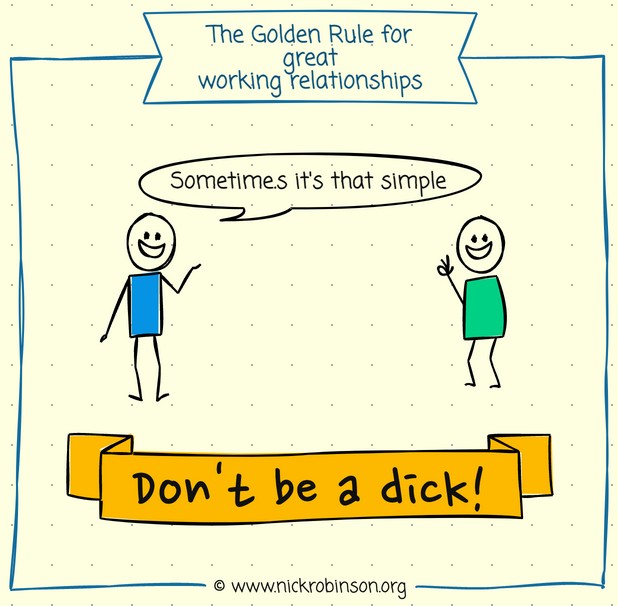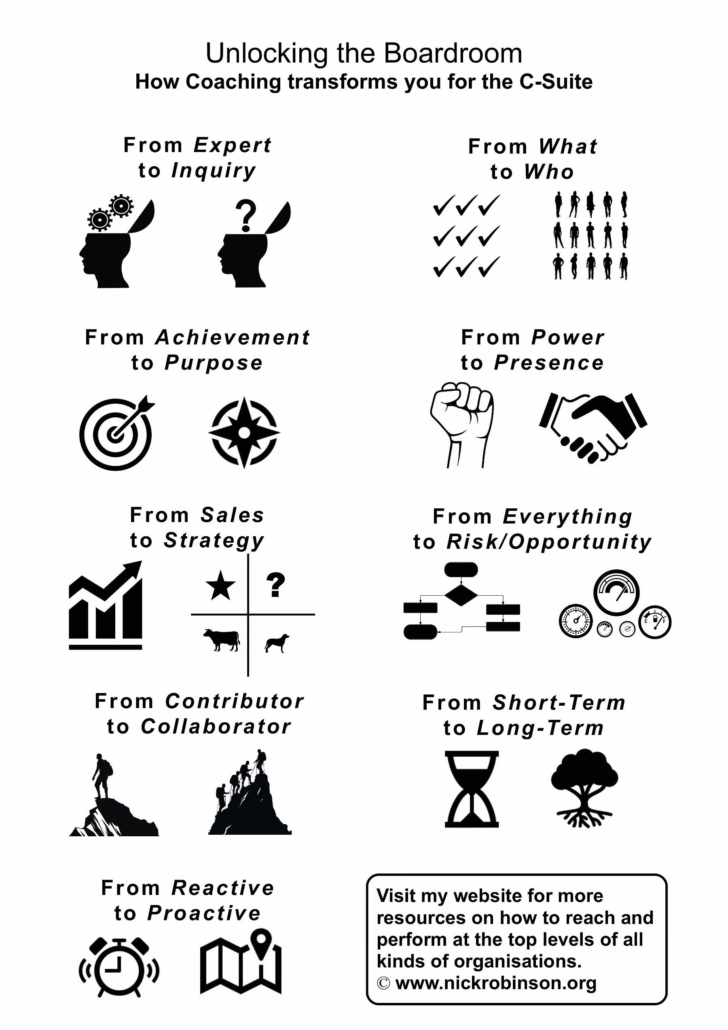Unlocking the boardroom isn’t just talent — it’s whole shifts in mindset. Discover the changes you’ll need to adopt to get into the C-Suite
[click the picture above and then right-click to download or save your free copy]
In today’s corporate world, talent alone won’t get you a seat in the C-Suite.
But here’s the real issue: neither will experience!
We shouldn’t be shocked at this. The landscape of leadership is changing, and clinging to old paradigms is a good way to get left behind.
It’s not just about what we know or who we know — it’s about how we think and adapt.
The best boardroom seats are reserved for those who embrace what’s needed: Transformative shifts in mindset and approach.
Want to know what it takes?
Here are the essential changes that all directors and chief officers should be working towards (with the help of their executive coach, of course) for that all-important first c-suite place in the boardroom:
From Expert to Inquiry
- Shift from having to know everything to being part of the team that exercises mutual inquiry – asking yourselves the hard questions.
From What to Who
- Change from knowing what needs to be done, to knowing the people who make things happen.
From Achievement to Purpose
- Good managers do things right. C-suite board leaders make sure only the right things are being purposefully done.
From Power to Presence
- Your responsibilities will now extend beyond your own department. You’ll need to go from exercising power and authority to cultivating presence and influence.
From Sales to Strategy
- Even if you were never responsible for selling, you now need to make sure your whole organisation is strategically positioned to compete and be attractive in its marketplace.
From Everything to Risk/Opportunity
- It’s no longer possible to be on top of everything. Shift from a digital mindset of managing it all to an analogue dashboard of risk and opportunity.
From Individual Contributor to Collaborator
- Transition from being a sole achiever to harnessing the collective strengths and insights of your team, fostering a culture of collaboration and shared success.
From Short-Term to Long-Term Thinking
- Move beyond immediate results and quick wins. As a C-suite leader, your gaze should be set on sustainable growth and crafting a legacy of long-term value.
From Reactive to Proactive
- Instead of merely responding to the challenges that come your way, anticipate them. Lead with foresight, ensuring your organisation is always two steps ahead.



